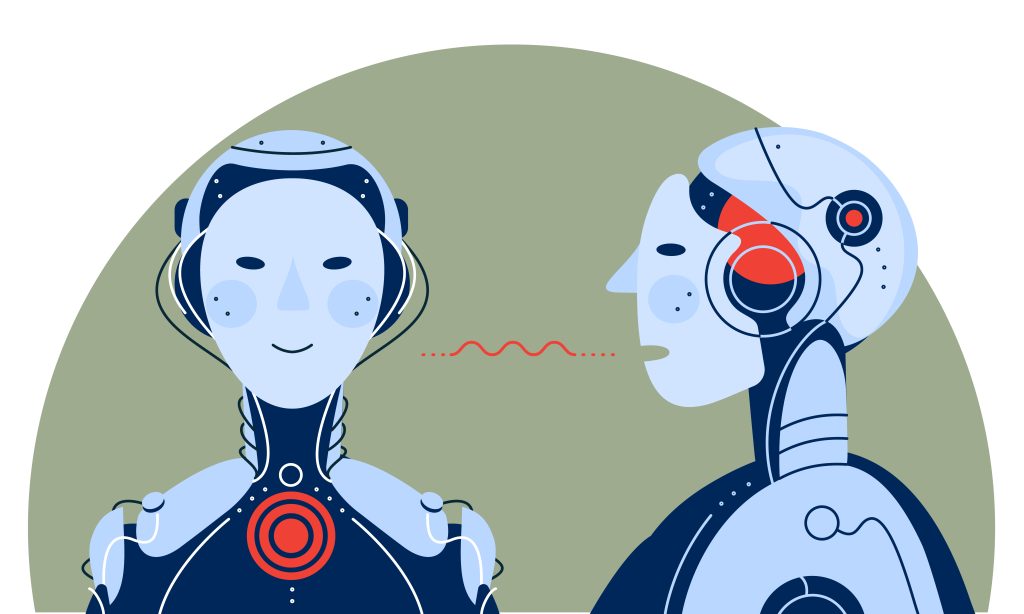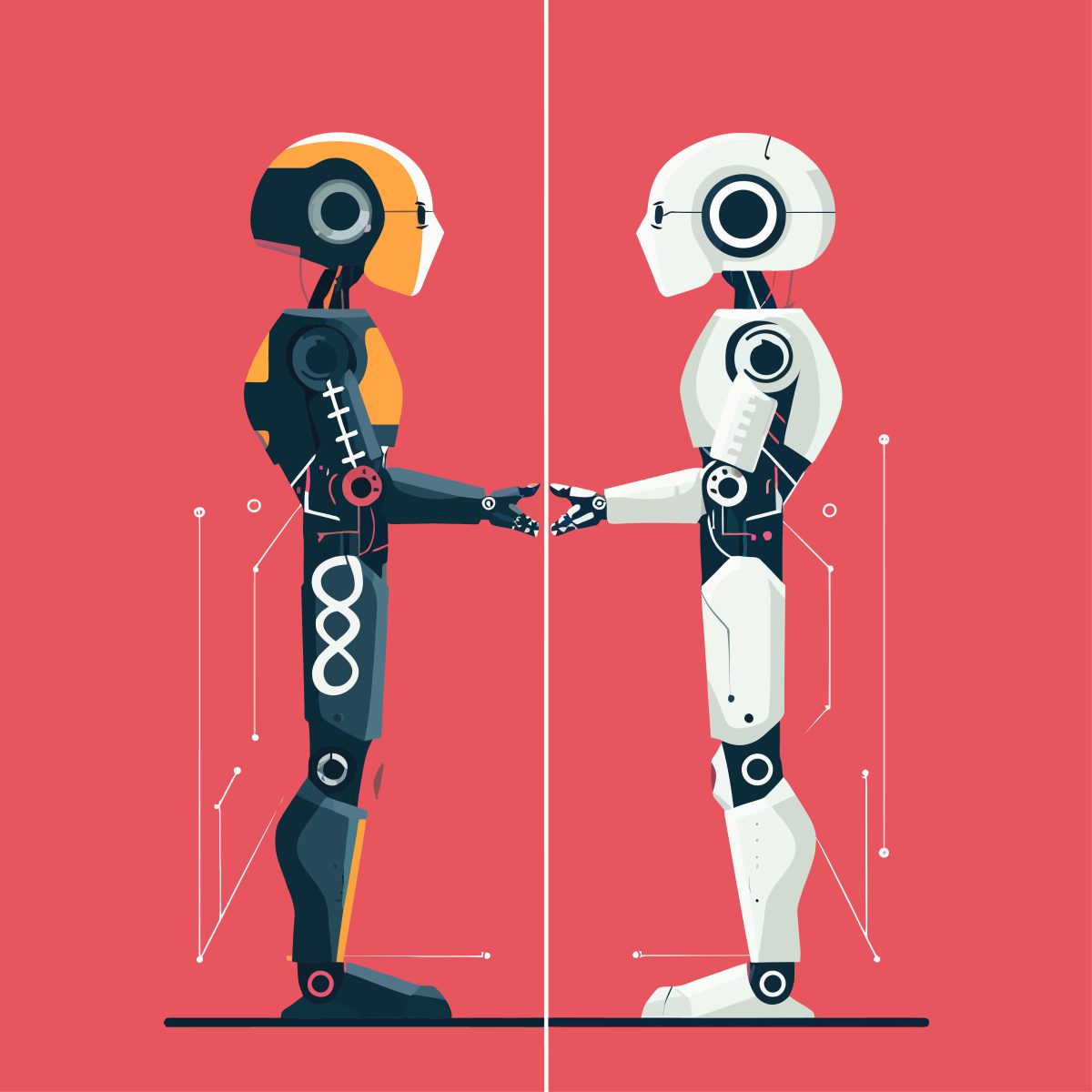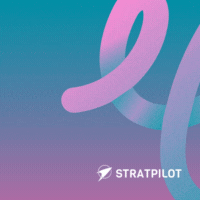As technology advances, “Generative AI” and “Artificial Intelligence (AI)” are reshaping various industries, yet they serve different purposes. Generative AI specializes in creating new content from patterns in existing data, while traditional AI focuses on tasks like prediction, automation, and data analysis. In this blog, we’ll dive into Generative AI vs AI and examine how each one is shaping the future.
Artificial Intelligence (AI) is a broad field of computer science that aims to create systems capable of performing tasks that would typically require human intelligence. AI encompasses various subfields like machine learning, natural language processing, computer vision, and robotics, and is designed to make decisions, automate processes, and analyze large datasets.
Generative AI, on the other hand, is a subset of AI that focuses on creating new content, whether it’s text, images, music, or other forms of media. Generative AI algorithms learn from existing data and can produce entirely new, human-like outputs, making it a key player in creative industries, content generation, and even problem-solving.
Tools in AI and Generative AI
Here are some of the tools within both AI and Generative AI categories:
AI Tools
TensorFlow
An open-source machine learning library used for building and training machine learning models, particularly deep learning.
PyTorch
Another open-source deep learning framework that is popular for natural language processing (NLP) and computer vision tasks.
Scikit-learn
A machine learning library for Python that offers simple tools for data mining and data analysis.
IBM Watson
A suite of AI tools for business, from NLP to machine learning, providing insights and automation to enterprises.
Microsoft Azure AI
Cloud-based tools for machine learning, computer vision, and speech recognition, are used in enterprise solutions.
Generative AI Tools:
GPT-3 (and GPT-4)
A large language model by OpenAI that generates human-like text based on input prompts. It’s used in chatbots, content creation, and code generation.
DALL·E
A generative AI model that can create images from textual descriptions, ideal for creative fields like advertising, design, and art.
MidJourney
An AI image generation tool that uses text inputs to produce stunning visuals. Popular for digital artwork, marketing, and design.
RunwayML
A platform for creative AI tools that allows creators to generate images, video, and text using AI models.
Stable Diffusion
An open-source AI tool for generating images, often used by artists and designers for concept work.
 How These Tools Help in Organisations
How These Tools Help in Organisations
AI Tools help organisations by:
Automating routine tasks
AI can reduce manual work in fields like data entry, customer support (chatbots), and repetitive administrative tasks.
Enhancing decision-making
AI tools analyze vast amounts of data, uncover patterns, and provide insights that support business strategy.
Optimizing operations
AI can help optimise supply chain, fraud detection, predictive maintenance, and demand forecasting.
Generative AI Tools help organisations by:
Content Generation
These tools can automatically generate high-quality content for marketing, blog posts, product descriptions, and social media.
Product Prototyping
Generative AI can create rapid prototypes for new products or designs, reducing the time it takes to go from concept to final product.
Personalisation
AI-generated content can be personalized for customer segments, providing a more tailored experience.
How Stratpilot Can Help
Stratpilot is a strategy and execution platform that combines AI and data analytics to drive better business decisions. Here’s how it can help organisations leverage AI and generative AI:
Stratpilot is a transformative AI-powered platform which leverages both Generative AI and AI to enhance productivity, streamline operations, and support strategic decision-making. Combining data analytics, personalised insights, content creation tools, and team collaboration features, it empowers organisations to optimise performance, innovate continuously, and foster a healthy work-life balance.
Stratpilot helps businesses stay agile, make data-driven decisions, and achieve long-term success in a dynamic market, making it a powerful tool for organisations looking to harness the full potential of AI and generative AI.
Conclusion
In summary, while AI provides the foundation for improving business operations through automation, data analysis, and enhanced decision-making, Generative AI vs AI plays distinct roles in driving innovation, creating new content, and personalising offerings. Stratpilot, by integrating both AI and generative AI, empowers organizations to execute their strategies effectively, innovate continuously, and stay ahead in a rapidly evolving business landscape.
Experience the full capabilities of AI by signing up for Stratpilot today and elevate your business to new heights!
By – Vamsi Bumireddy
Frequently Asked Questions (FAQs)
-
What is the difference between Artificial Intelligence (AI) and Generative AI?
Artificial Intelligence (AI) focuses on tasks such as prediction, automation, and data analysis, improving operations and decision-making. Generative AI, a subset of AI, is designed to create new content like text, images, and music by learning from existing data.
-
How can organizations benefit from Generative AI tools?
Generative AI tools streamline creative processes by generating high-quality content, enabling rapid product prototyping, personalizing customer experiences, and helping organizations save time and innovate effectively.





